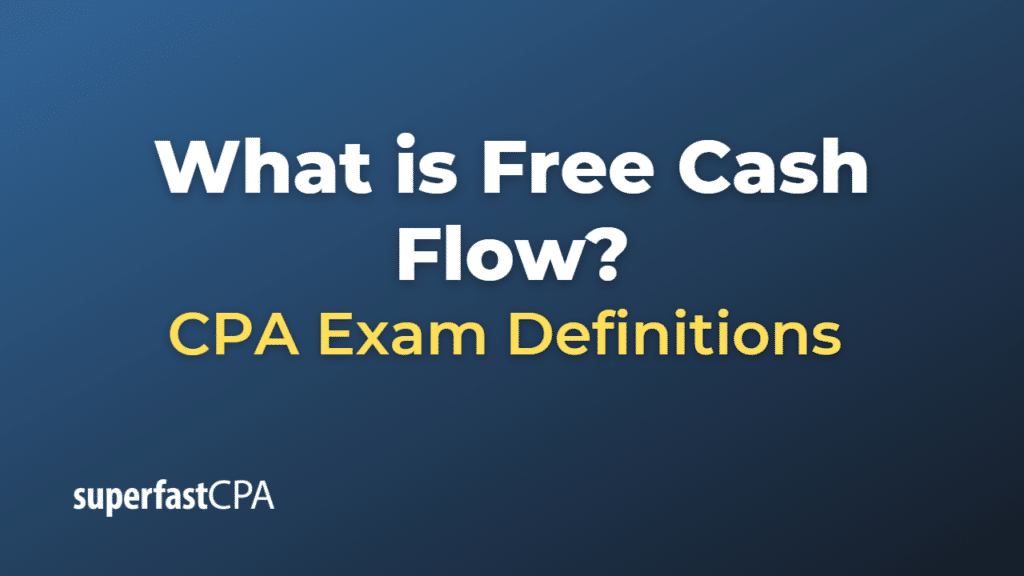Free Cash Flow
Free Cash Flow (FCF) is a measure of a company’s financial performance and health. It represents the cash that a company is able to generate after accounting for the expenditures required to maintain or expand its asset base. This cash can be used for various purposes, such as paying off debt, reinvesting in the business, paying dividends to shareholders, or saving for future use.
Free Cash Flow is calculated as follows:
Free Cash Flow = Operating Cash Flow – Capital Expenditures
- Operating cash Flow (OCF): This is the cash generated from regular business operations, and it indicates whether a company is able to generate sufficient positive cash flow to maintain and grow its operations. OCF can be found on the cash flow statement of a company’s financial reports.
- Capital Expenditures (CapEx): This is the money a company spends on maintaining or enhancing its fixed assets, such as property, plant, and equipment (PP&E). CapEx can also be found on the cash flow statement.
Free Cash Flow is an important metric for investors, creditors, and others because it measures a company’s financial flexibility and indicates how much cash a company has left over after taking care of its operating expenses and investments in assets.
Example of Free Cash Flow
Suppose we have a hypothetical company, XYZ Corporation, and we want to calculate its Free Cash Flow (FCF) for a fiscal year. We would find the necessary figures on XYZ Corporation’s financial statements.
Let’s say that:
- The Operating Cash Flow (OCF) for the fiscal year, as listed on the Cash Flow Statement, is $500,000.
- The Capital Expenditures (CapEx) for the fiscal year, also listed on the Cash Flow Statement, is $200,000.
We can calculate the Free Cash Flow (FCF) as follows:
FCF = Operating Cash Flow – Capital Expenditures
FCF = $500,000 – $200,000
FCF = $300,000
So, XYZ Corporation’s Free Cash Flow for the fiscal year is $300,000.
This means that after paying for its operating expenses and investing in its fixed assets (i.e., Capital Expenditures), XYZ Corporation has $300,000 left over. This money can be used for purposes such as paying off debt, reinvesting in the business, paying dividends to shareholders, or saving for future use.













